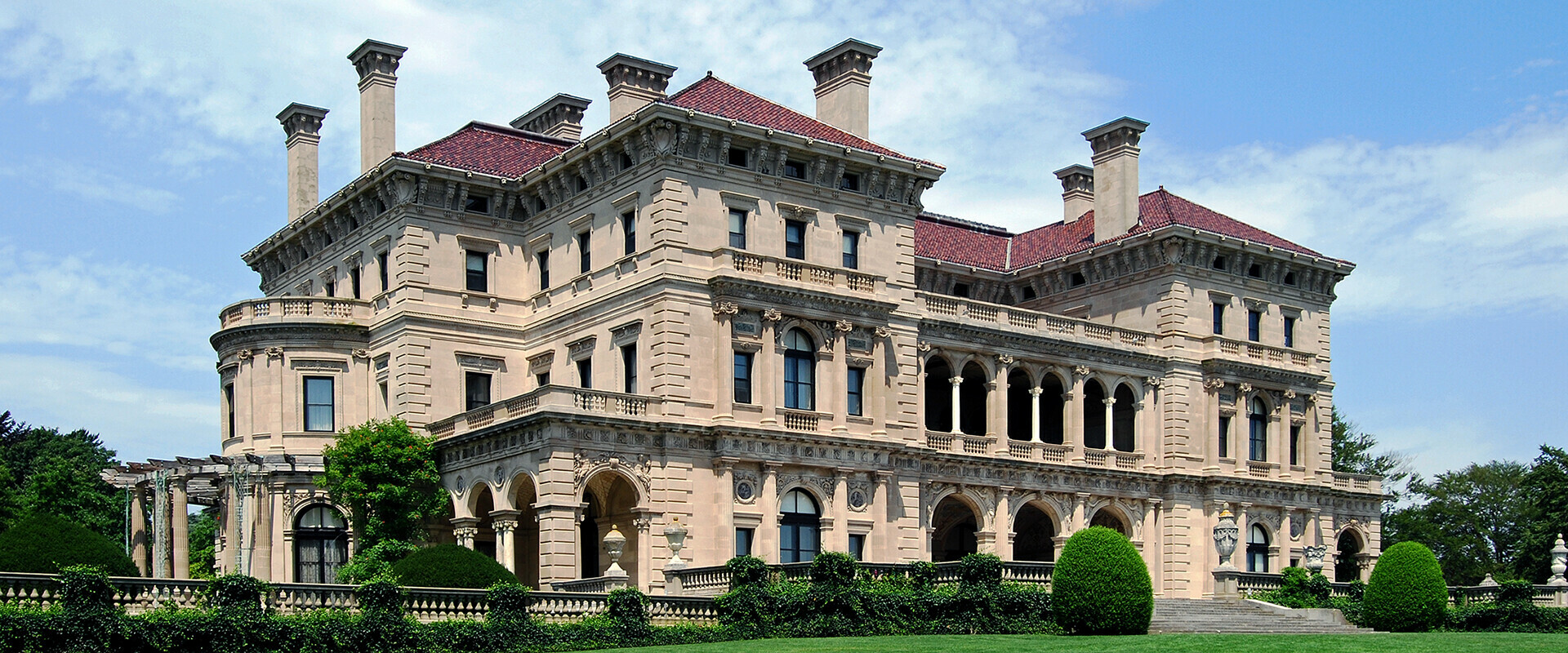ABOUT RENAISSANCE REVIVAL ARCHITECTURE
The architecture of the Renaissance (early 15th-17th century) was a conscious revival and development of the architecture of the Greek and Roman civilization. It accompanied an interest in classical thought and material culture.
Developed first in Florence, with Filippo Brunelleschi as one of its innovators, the style quickly spread through Italy and eventually across Europe. However, the much later revival period of Italian Renaissance architecture began in the Victorian period.
Renaissance Revival architecture was much different compared to other well-known styles of the time, such as Gothic Revival and Shingle styles. This architectural style reflected the rebirth of Classical culture, which was evident in its classical elements and details.
See examples of Renaissance Revival architecture & mouldings.
CHARACTERISTICS OF RENAISSANCE REVIVAL ARCHITECTURE
Renaissance style places emphasis on symmetry, proportion, geometry, and the regularity of parts.
Orderly arrangements of columns, pilasters, and lintels, as well as the use of semicircular arches, hemispherical domes, niches, and aediculi, replaced the more complex proportional systems and irregular profiles of medieval buildings.
Common elements of Renaissance Revival style:
- Symmetrical facade
- Masonry (usually stone) construction
- Flat or low-pitched roof
- Strong division of floors
- Roof line parapet or balustrade
- Arcaded and rusticated ground level
- Imposing scale
RENAISSANCE REVIVAL STYLE MOULDINGS
Renaissance style mouldings are derived from those used in classical temple architecture. Proponents of the style include Jacopo Barozzi da Vignola, Andrea Palladio, and Michelangelo di Lodovico Buonarroti, among others.
HISTORY OF RENAISSANCE REVIVAL ARCHITECTURE
The Italian Renaissance Revival style (sometimes also referred to as “Neo-Renaissance” architecture) was a more elegant architectural style that became popular on the American East Coast around 1890. The style would reach the American Northwest by the 1930s. It was typically used in high-end buildings such as mansions. This style was most often seen in city settings.









